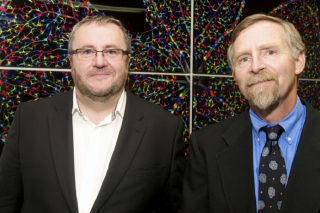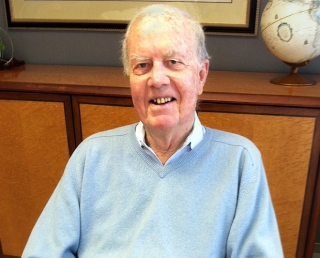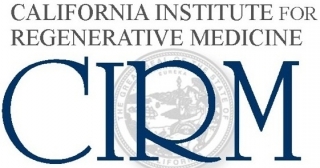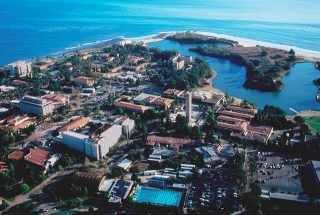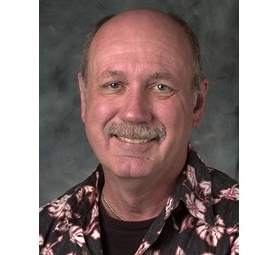Biomedical research at UC Santa Barbara has catapulted to a position of leadership in the arena of stem cell biology, offering progress toward cures for vision diseases such as macular degeneration. Stem cell research has the potential to transform the practice of medicine, by replacing diseased tissue with healthy new cells. Interdisciplinary teams of UCSB researchers –– including world-renowned faculty members recruited from the U.S. and Britain –– are leading the charge. The university’s newly renovated lab space is critical to the mission.
Contact
- Voice: (805) 893-5320
Address
Neuroscience Research Institute
University of California, Santa Barbara
Santa Barbara, CA 93106-9610

